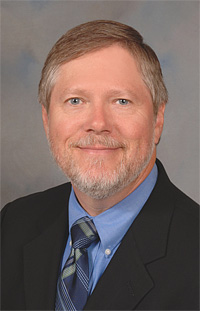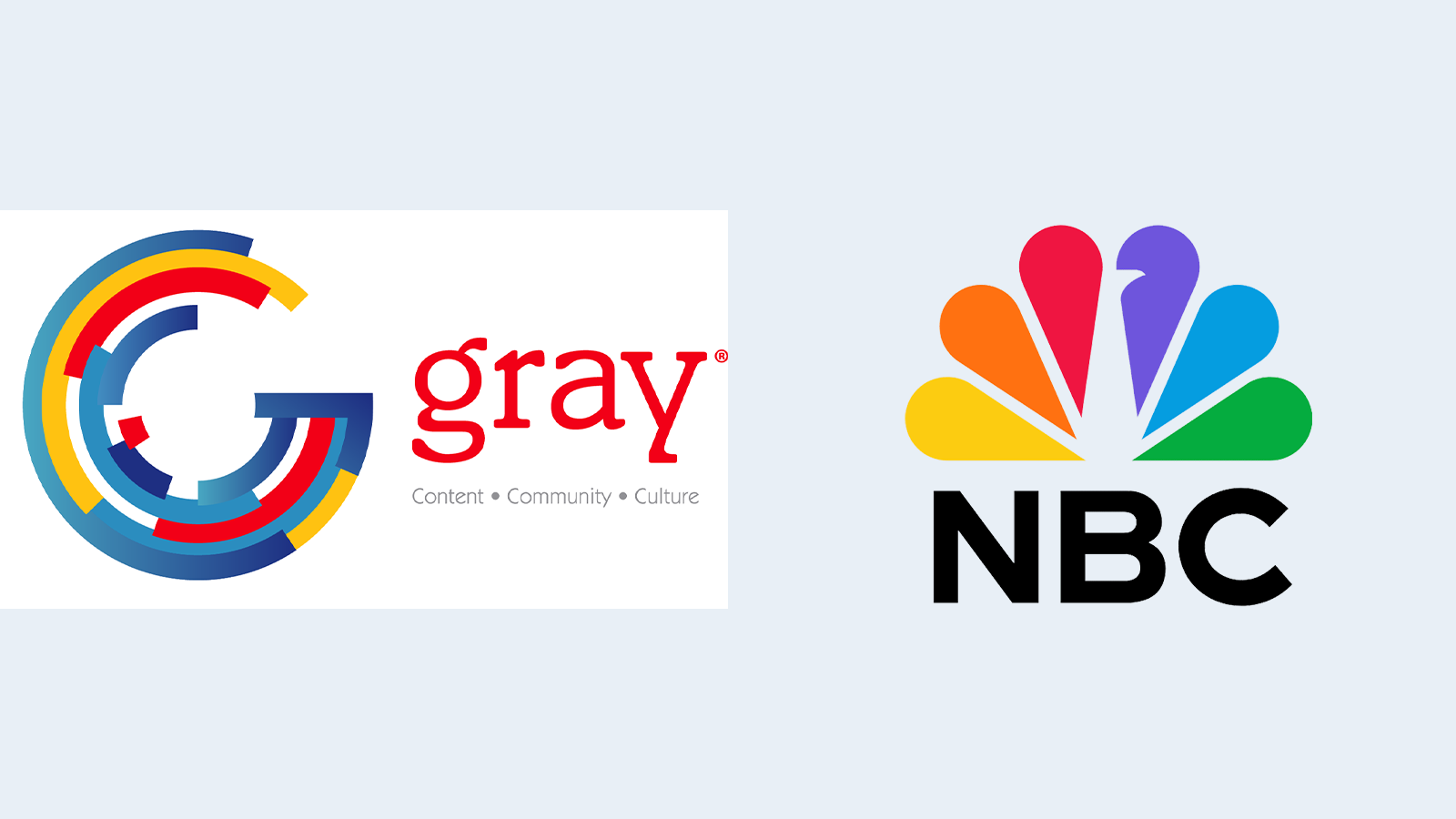Broadcast Engineering Conference Masters New Technology
LAS VEGAS: Baffled by the onslaught of new technologies entering the previously comprehensible broadcast TV world? Then you'll want to attend the Broadcast Engineering Conference (BEC) at the 2012 NAB Show. Scheduled for Sunday April 15 through Thursday April 19, the BEC "will look at global mobile TV initiatives and future television technologies," according to John Marino, vice president of Technology for NAB.
"Technical papers will address hybrid television including over-the-top [OTT] video, connected television and stream switching," he said.
LOOKING FORWARD
On Sunday April 15, "The Next Transition to Digital Television" looks ahead to the future of DTV in North America. "More than ever, broadcast engineers must anticipate and be conversant with developments in applications and transmission," says session series co-chair Garrison Cavell, president of Cavell Mertz & Associates, a media and communications technical consultancy in Manassas, Va. "These sessions will help to keep engineers 'up to speed' and make them better prepared to discuss these upcoming opportunities with station management personnel, as well as facilitating easier collaboration with equipment manufacturers and suppliers."

Jim Kutzner, PBS’ senior director of Advanced Technology A good example of Cavell's point is the session, "Progress in the ATSC's Effort Toward ATSC 3.0: The Next Generation Broadcast Television System." "The ATSC 1.0 standard refers to what is on air now, while ATSC 2.0 is a set of proposed backwards-compatible enhancements," said Jim Kutzner, session presenter and PBS' senior director of Advanced Technology.
"ATSC 3.0 is a clean sheet, next-generation approach to keep broadcast DTV competitive with other delivery systems, such as the Web." The ATSC is tackling ATSC 3.0 through its Technology Group 3 (TG3) and is currently exploring options such as more efficient use of bandwidth, new modulation technologies, more effective transmit and receive antenna systems, new audio and video codecs, hybridcasting, and new applications of television services.
"Mobile TV Update: Domestic and International," on Tuesday, April 17, will include practical results on "Interactive Content Authoring for A/153 ATSC Mobile Digital Television Employing Open Source Tools." The session "will detail how we learned to create interactive content, and what we created," according to presenter Brad Fortner, program director of Operations & Technology at the Rogers Communications Centre at Ryerson University in Toronto. The results of Ryerson's ATSC mobile research can be seen online at www.openmobiledtv.org.
WIRED AND WIRELESS
On Wednesday April 18, the techno-realities of a modern production plant will be considered during the session, "The Broadcast Infrastructure." One such reality is HDMI, which is becoming a standard connector in professional TV facilities. Yet HDMI was designed for consumers, which is why they can cause headaches for TV engineers. "Since HDMI connectors are designed to incorporate digital rights management, using them in a broadcast setting can result in issues not found with HD-SDI connectors," said HDTVexpert.com Publisher/Editor Peter Putman, who will present "Dealing with Consumer Display Interfaces in a Professional World." "You could create a video wall using HDMI and find that one of the displays simply doesn't connect—even though physically everything is fine—because it is non-compatible with the HDMI infrastructure."

Paul Shen, CEO TVU Networks The possibilities of 3G/4G wireless technology will be explored on April 18, during the morning session series, "3G/4G for Broadcast." The session will "focus on using 3G/4G for broadcast applications such as portable ENG," said Session Chair Joe Snelson, vice president and director of engineering for Meredith Broadcasting Group.
For instance, 3G/4G can be combined with SD microwave transmissions to allow broadcasters to send back full HD from the field, says Paul Shen, CEO of TVU Networks and presenter of "HD on the Go: How Mobile Broadcast Technologies are Easing the Transition to HD," April 18. "3G/4G can help broadcasters expand the capability of their existing SD equipment to clear the HD hurdle," Shen says. "It also costs far less than upgrading an SD truck to HD."
Effective media asset management has been an ongoing issue for broadcasters, going back to the days of videotape and 16mm film reels. "Media Archiving" on April 18 will look at this challenge through presentations dealing with large HD files (using a case study from the NHK News Center). "The Building of a Fine-Tuned Digital Library," will showcase a project by Karl Kandell, senior director of Media Asset Management at Turner Broadcasting, who has built 10 petabyte (10,000 terabytes) digital libraries at CNN and Turner.
"We'll be looking at how to build your own highly-tuned digital library that is effective for immediate access and cost-effective archiving," Kandell says. "For instance, the 10 petabyte system that we have at CNN uses spinning disks for instant access, and less expensive data tapes for long-term storage."
Visit www.nabshow.com for more information and registration for the Broadcast Engineering Conference.
The professional video industry's #1 source for news, trends and product and tech information. Sign up below.
James Careless is an award-winning journalist who has written for TV Technology since the 1990s. He has covered HDTV from the days of the six competing HDTV formats that led to the 1993 Grand Alliance, and onwards through ATSC 3.0 and OTT. He also writes for Radio World, along with other publications in aerospace, defense, public safety, streaming media, plus the amusement park industry for something different.

